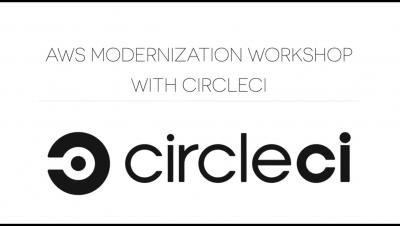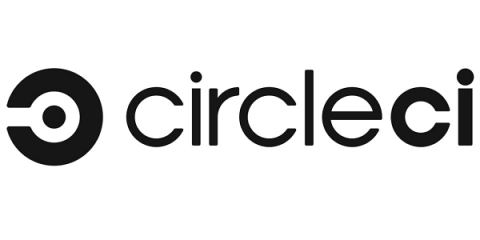Clojure microservices for JavaScript developers
This series was co-written by Tyler Sullberg and Musa Barighzaai. CircleCI is growing, which is wonderful. However, one of the growth challenges we have is that our backend is primarily written in Clojure, and few developers know Clojure. Many CircleCI engineers, including myself, have learned Clojure on the job. Before joining CircleCI, I was a JavaScript developer. As the lingua franca of software engineers, JavaScript is a relatively straightforward language to learn.











